It’s been over a year since OpenAI announced Sora, its video and audio generation model. Now the app has gotten a killer update, along with a short video sharing social network of the same name.
The ambitious move aims to change the way users approach AI, and marks the company's entry into the billion-dollar content industry.
Update with "surreal" capabilities
OpenAI is now introducing its first major update with Sora 2, which features more realistic and physically accurate video creation, along with improved user control and editing capabilities.
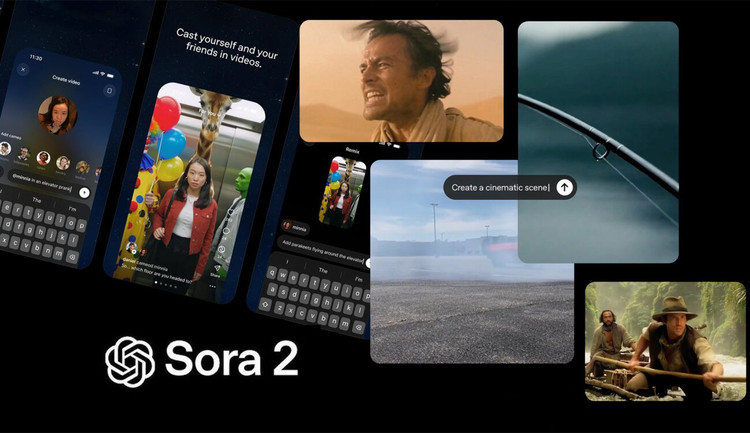
Sora 2 enhances the ability to create top-notch videos that are more realistic than ever. Photo: OpenAI
Wired magazine assessed this as OpenAI's strategic move to once again change the way users approach AI technology, just like ChatGPT did.
This move comes as giants like Google and Meta are making similar moves, signaling a new wave of AI integration into social networks. In particular, OpenAI is taking advantage of the turmoil surrounding TikTok in the US to enter the short video market.
Described as “the GPT 3.5 moment,” Sora 2 also offers improved audio quality with synchronized dialogue and sound effects. Sora 2 can avoid common problems with previous video creation models, such as object deformation and distorting physical reality to complete a prompt.
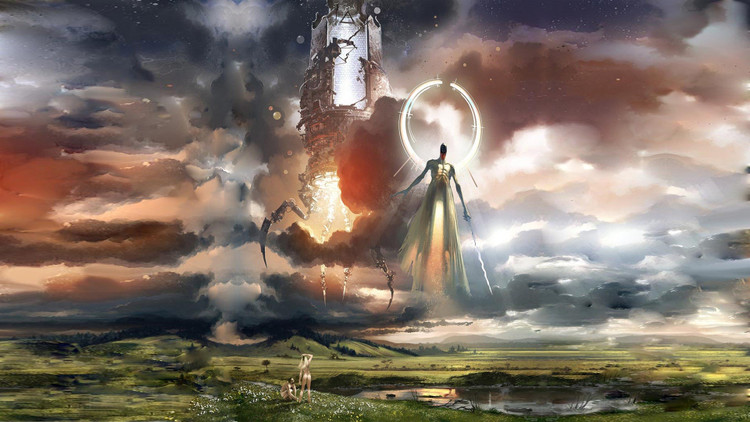
Realistic images are said to threaten the entire Hollywood film industry.
The generated videos will also follow multi-shot guidelines and maintain consistency between different scenes. Sora 2 supports a variety of video creation styles, including cinematic, realistic, and anime.
OpenAI is also launching a standalone Sora iOS app with an invite-only system. Sora 2 has a number of safeguards in place, including limiting the use of celebrities in video creation.
Ambitious social network
The highlight of the product launch event on September 30 was the social network Sora - the "debut" mark of the AI company pioneering the billion-dollar content industry.
At first glance, Sora feels familiar with its vertical scrolling interface and algorithm for recommending content based on user preferences - features that are already "familiar" to young users through TikTok, YouTube Shorts or Facebook Reels.
The breakthrough is that the videos shared here are all AI-generated. Sora has a "Cameo" feature that allows users to create a digital image of themselves (called likeness by OpenAI) through a video and voice recording when creating an account.
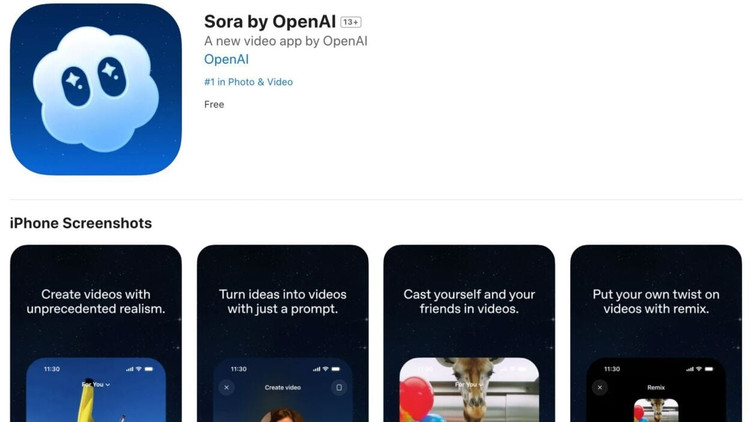
Sora social network changes the AI video game to compete directly with Tiktok
New to Sora 2 is a self-uploading feature called Cameos, which lets users "drop" themselves into any AI-generated scene by uploading a picture of themselves.
However, before that, users will have to upload an audio and video recording to verify their identity and record their appearance, to avoid using deepfakes to impersonate others.
OpenAI also confirmed that users can grant permission for others to create "cameos" with their images, but users can revoke this permission at any time in the future.
Sora 2 will begin its initial rollout today and will be limited to the US and Canada. As for pricing, OpenAI confirmed that Sora 2 will be free initially with “generous limits” so users can explore its features.
ChatGPT Pro subscribers will get access to the higher-quality Sora 2 Pro model. OpenAI also confirmed plans to release the Sora 2 API soon.
The launch of Sora 2 reflects a trend of AI integration into video social networks that is sweeping the tech industry. In September 2025, Google integrated Veo 3, its advanced AI video creation tool, directly into YouTube Shorts. Last week, Meta also launched the "Vibes" feature in the Meta AI app.
Notably, TikTok has taken a cautious approach. Despite its AI Alive feature that turns photos into videos, TikTok recently tightened its rules, explicitly banning AI content that “misleads about important public issues or causes personal harm.”
Source: https://khoahocdoisong.vn/ai-sora-nang-cap-kha-nang-tao-video-dinh-cao-ra-mat-mang-xa-hoi-video-post2149057727.html








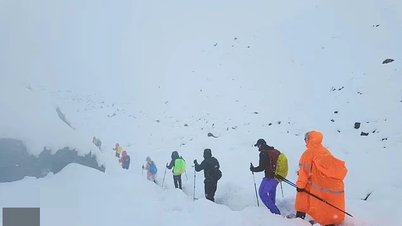
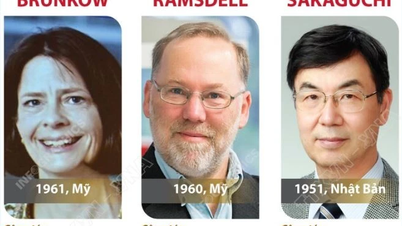

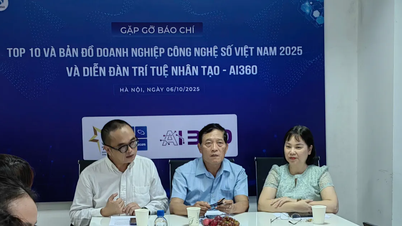

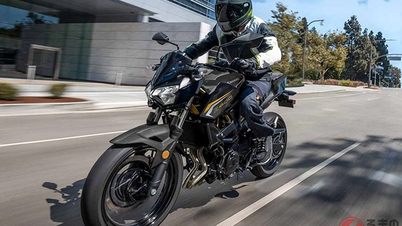
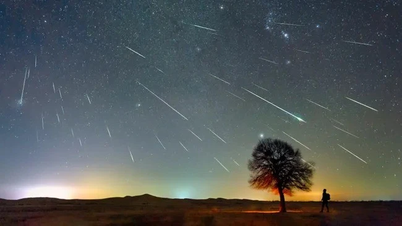
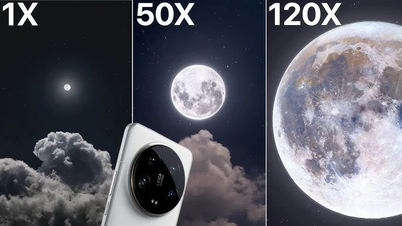




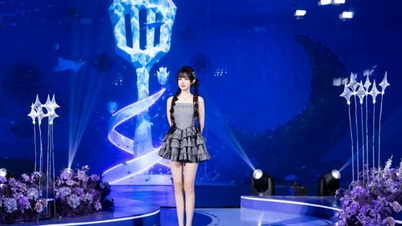
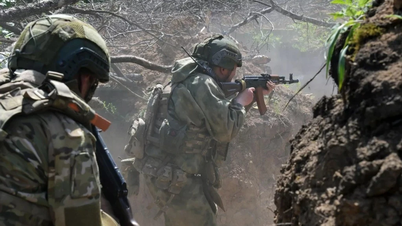
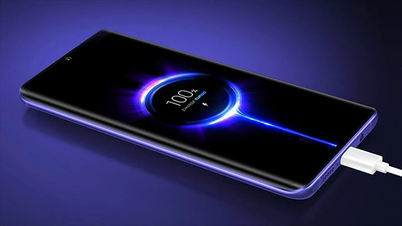
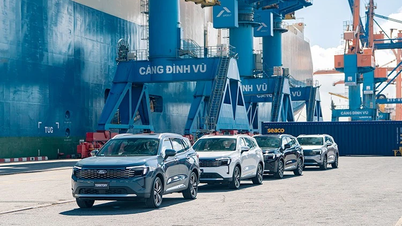
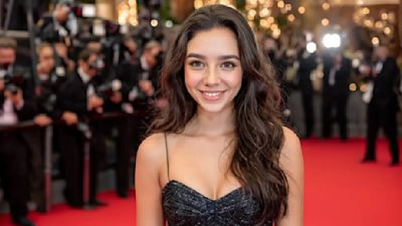


















































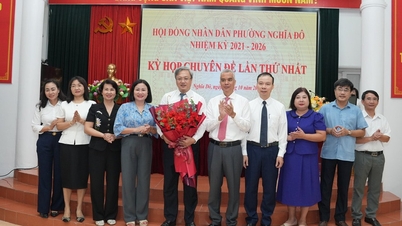


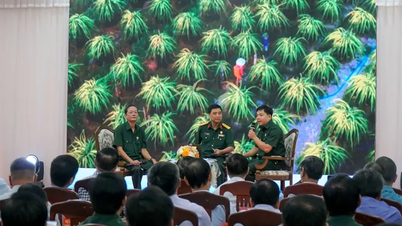

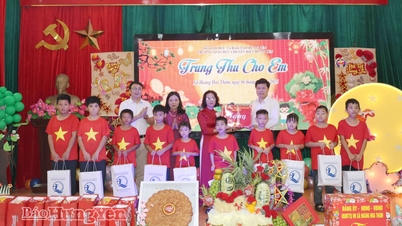

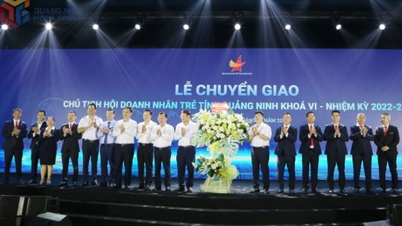










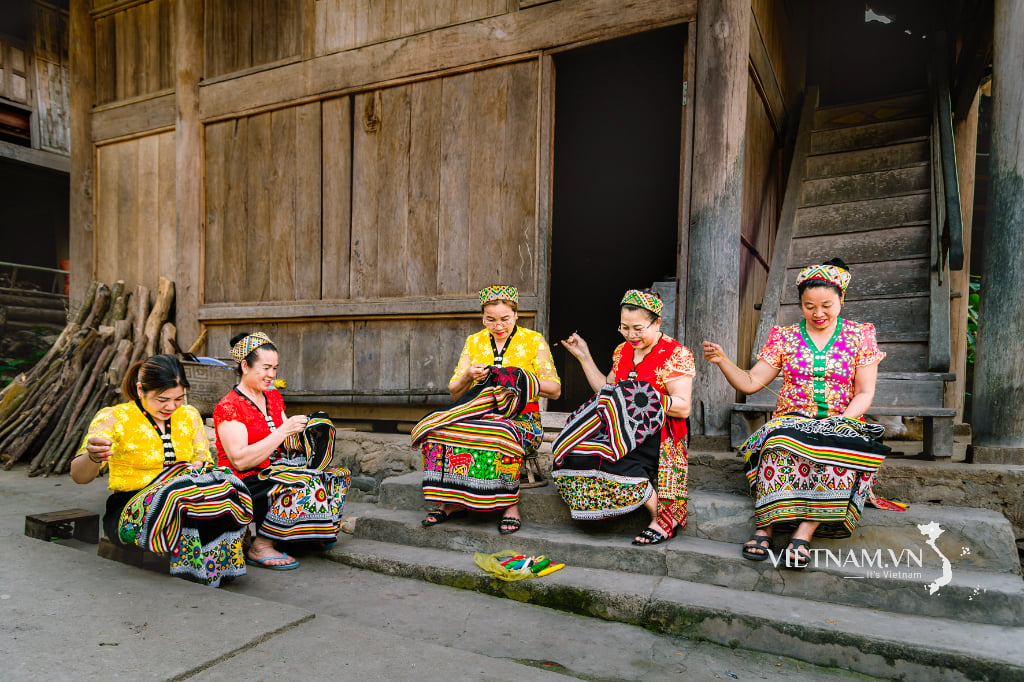



Comment (0)